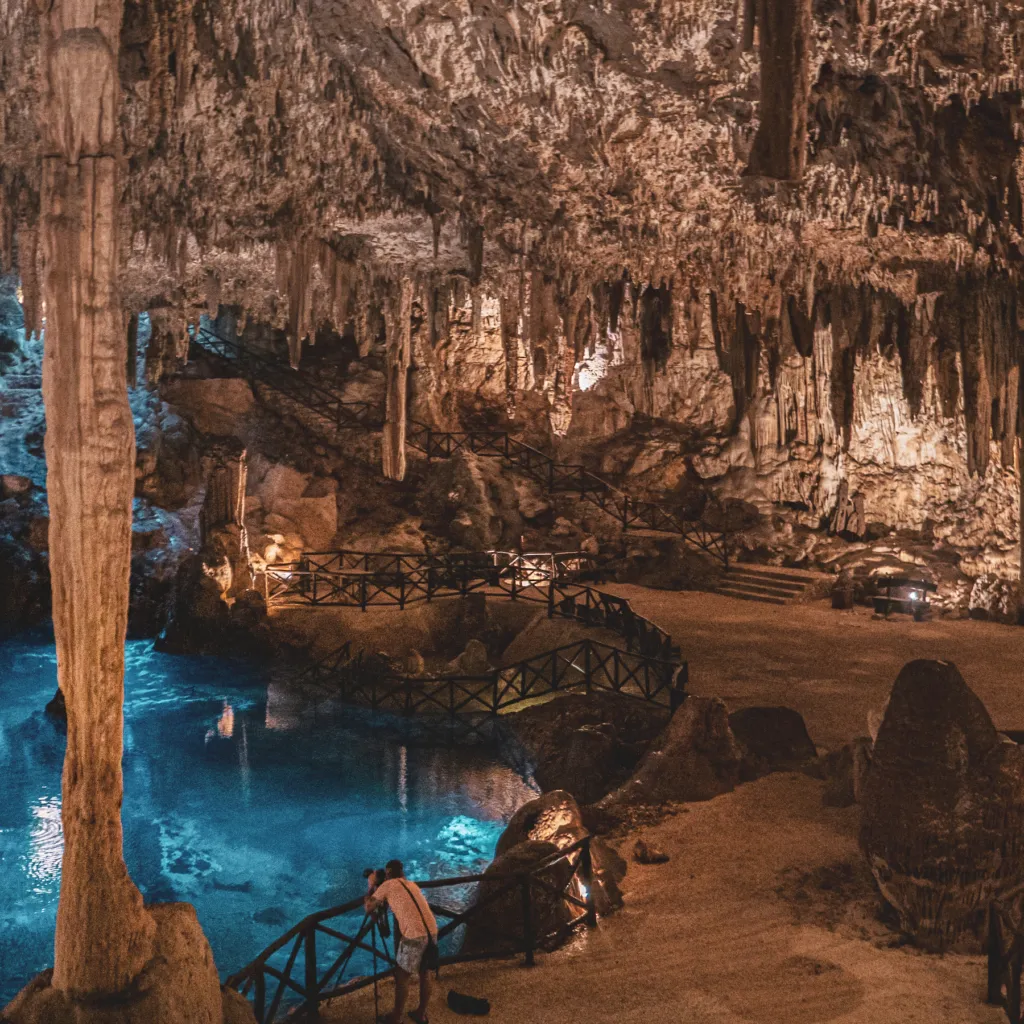For many, the Maya evoke romantic images of majestic pyramids mysteriously emerging from dense jungle, or rituals guided by wise shamans adorned with elaborate headdresses. However, the reality of the Maya as a living culture, both historical and contemporary, is far more fascinating than stereotypes suggest.
The Maya beckon us to discover the secrets of a surprisingly advanced culture, whose legacy and traditions remain vibrant to this day.
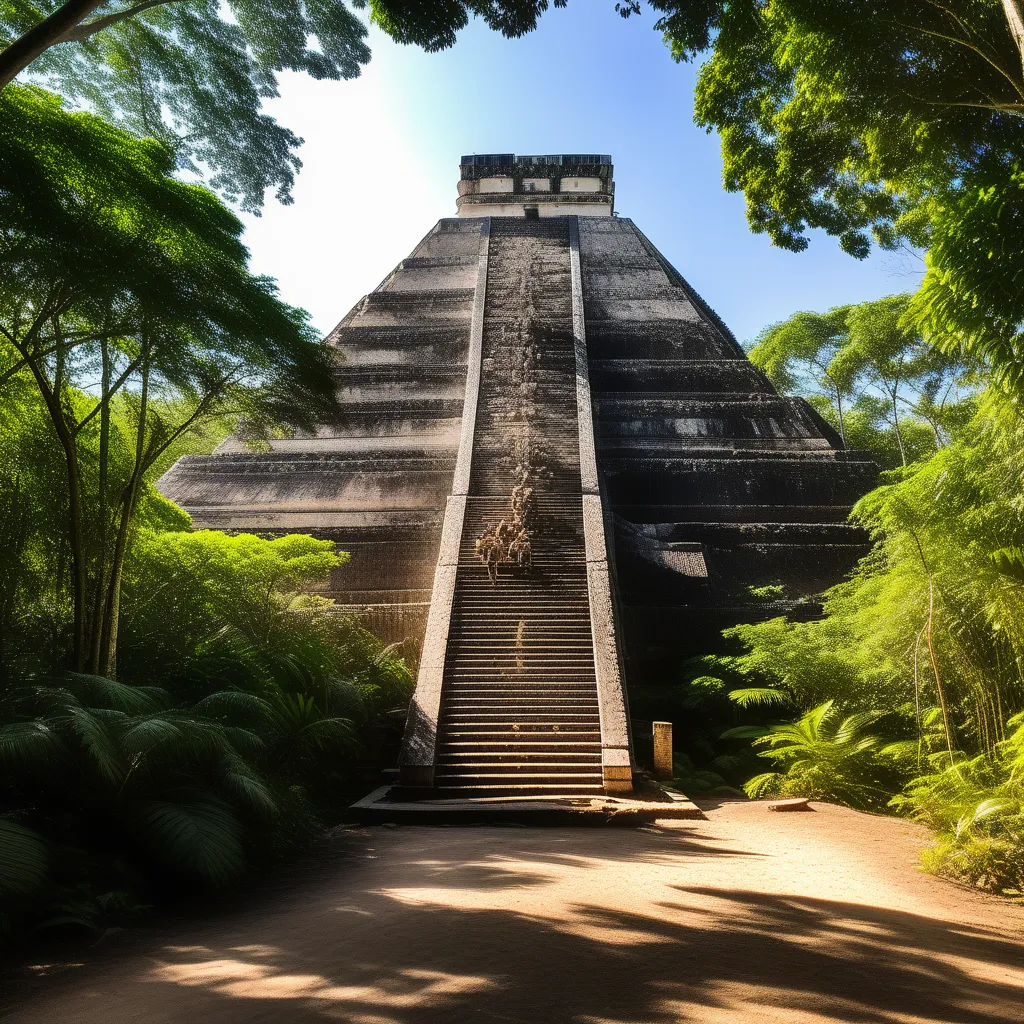
Far from being a "primitive" people, the ancient Maya achieved remarkable scientific and technological innovations. They developed the concept of zero and advanced numerical systems that rivaled those of any other ancient culture in the world.
They conducted meticulous astronomical observations and created an extremely precise lunar calendar. They built majestic temple-cities with pyramids perfectly aligned to celestial movements. They invented one of the most sophisticated writing systems in ancient history, transmitting knowledge that still inspires awe today.
The mysterious collapse of the Classic Maya civilization around 900 AD was far from inexplicable, as once thought. Archaeologists now understand that multiple factors converged to precipitate the decline of their great cities.
Among them, the over-extension of resources due to overpopulation and subsequent environmental degradation played a significant role. Internal wars and the disruption of trade routes also contributed. Additionally, a mega-drought lasting over 130 years, the worst in 7,000 years, decimated food reserves.
Although their golden age ended, the ingenuity and perseverance of the Maya enabled the survival of their culture. Dispersing into smaller, self-sufficient villages, the Maya persisted, adapting to changing conditions.
The delicate art of Maya weaving to produce the beautiful huipiles remains alive. Natural medicine and spiritual ceremonies guide daily life. The Maya languages are widely spoken alongside Spanish, rooted in ancient hieroglyphic writing. Traditional Maya cuisine continues to prepare ancestral flavors with corn, beans, chilies, and more.
Modern Maya culture proudly preserves the legacy of its ancestors by integrating contemporary influences. Far from disappearing, it constantly reinvents itself.
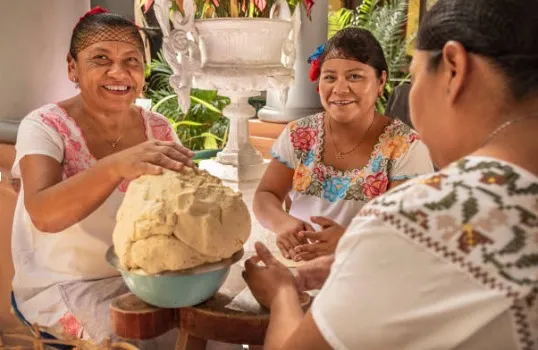
One of the biggest misconceptions about the Maya was the erroneous prediction that the world would end in December 2012. This misconception arose from flawed interpretations about the end of a cycle in the ancient Maya calendar.
For today's Maya people, this simply marked the end of a great cycle, not the apocalypse. December 21, 2012 came and went like any other day. Clearly, the world did not end.
This misunderstanding only highlights how much there is still to learn about the fascinating and complex Maya cosmology.
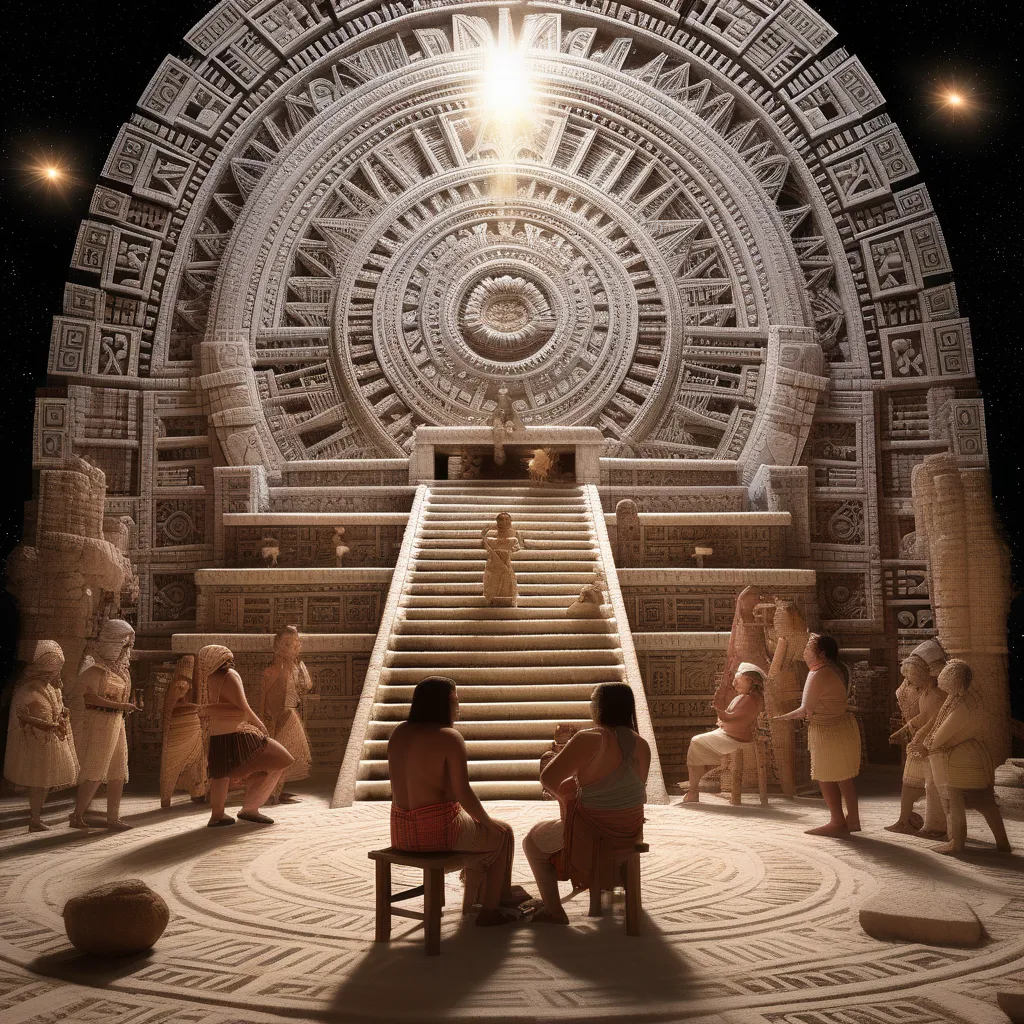
A common mistake is thinking that the Maya disappeared centuries ago. However, this is not true. Around 6 million Maya people live in Guatemala currently. There are also large Maya communities in the Mexican states of Yucatán, Campeche, Chiapas, and Quintana Roo.
Even when the Classic Maya civilization collapsed, the Maya people persisted. They were never extinguished. Today, over 7 million Maya strive to preserve their identity and cultural heritage in the modern world.
The Maya are often seen as a primitive people who vanished due to their perceived lack of sophistication. However, this overlooks their incredible achievements in fields such as mathematics, astronomy, writing, and architecture.
The Maya developed the concept of zero and advanced numerical systems. They made detailed astronomical observations and had an extremely precise calendar. They constructed magnificent cities with pyramids aligned to celestial bodies. They invented a complex writing system that covered intellectual and spiritual subjects.
Far from being primitive, the ancient Maya possessed a deep understanding of science, nature, and mathematics. These achievements demonstrate the sophistication of their culture.
Human sacrifices certainly occurred at certain times among the Maya, but they did not define the Maya civilization. The practice was infrequent and often symbolic, such as tongue or ear piercing to draw blood.
The Maya society valued human life. They believed that sacrifice maintained cosmic balance, not that their gods needed blood. Mass or daily sacrifices depicted in movies are exaggerated.
Cultural practices such as their advanced writing, architecture, mathematics, and astronomy were much more defining for the ancient Maya than occasional ritual sacrifices.
In Zazil Tunich, a sanctuary to Maya culture in Valladolid, Mexico, you can directly immerse yourself in the magic of living Maya culture. Through guided tours, authentic food, Maya ceremonies, and more, Zazil Tunich connects you with the rich Maya traditions.
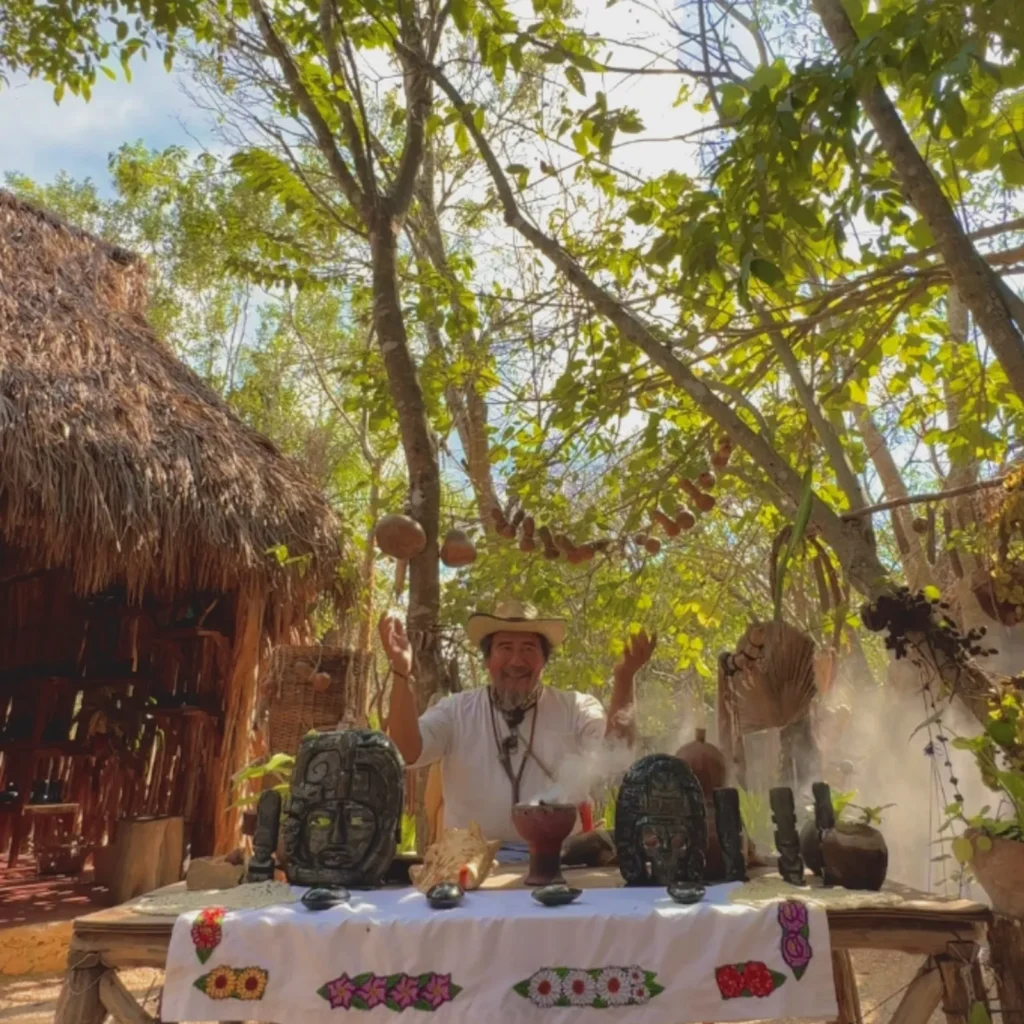
But Zazil Tunich is most renowned for its impressive underground cenote, considered one of the 5 most beautiful in Mexico. Explore illuminated caves and observe archaeological relics while swimming in the crystal-clear waters of the sacred cenote.
What makes the experience at Zazil Tunich unique is that every aspect, from beginning to end, is guided by authentic contemporary Maya individuals who are living proof that this culture still persists. The tours are led by Maya guides who grew up learning the traditions and Yucatec Maya languages from their ancestors. The food is prepared by Yucatec hands that have perfected the art of Maya gastronomy through generations. Maya ceremonies at this site are conducted by priests who learned from their family's legacy, carrying on the ceremonial traditions of their ancestors.

Zazil Tunich offers an authentic immersion into living Maya culture through its native Maya staff. Experience the fascinating world of the Maya directly through those for whom these traditions are a way of life.
Discover the secrets of this great civilization that, far from disappearing, continues its legacy through its contemporary descendants. Immerse yourself in the still vibrant and living culture at Zazil Tunich.
Researcher of Mesoamerican pre-Hispanic cultures and passionate about Maya culture.
Book your spot in this exclusive experience limited to 20 people per session.

$ 32,000
/ por persona

From: $ 25,000
/ por persona

$ 22,000
/ por persona

$ 19,000
/ por persona

$ 14,000
/ por persona

From: $ 1,799
/ por persona

Share:
Today I want to take you to a magical world full of mystery, where legends come to life and ancient tales...

Share:
Hanal Pixán, which in Mayan means ‘food of the souls’, is one of the most emblematic and profound festivities of...

Share:
The Mayan culture, rich in symbolism and tradition, has bequeathed to the world a series of ancestral practices and knowledge that...

